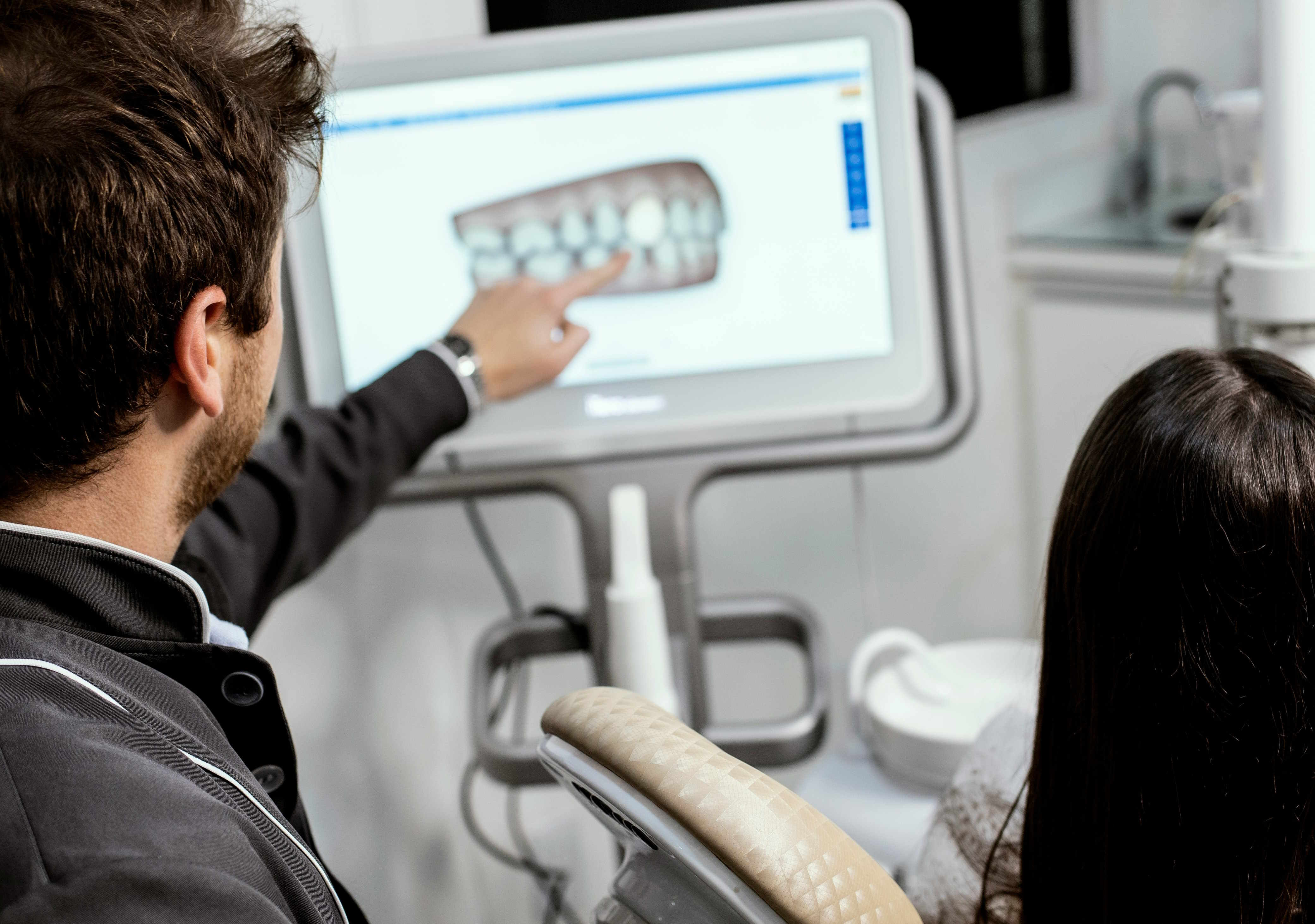Revolutionizing Dental Care: Latest Technologies in Dental Implants
Advancements in dental implant technology are reshaping how tooth replacement is approached. From 3D-printed surgical guides to improved biocompatible materials and digital imaging, modern solutions offer greater precision, faster recovery, and longer-lasting results. Explore how innovation is redefining implant dentistry.

How Has 3D Imaging Changed Dental Implant Planning?
Digital imaging technology, particularly Cone Beam Computed Tomography (CBCT), has revolutionized implant planning. This advanced scanning technique provides dentists with detailed 3D views of a patient’s oral anatomy, including bone density, nerve locations, and surrounding structures. This precision allows for more accurate implant placement and reduces the risk of complications during surgery.
What Role Does Computer-Guided Surgery Play in Modern Implants?
Computer-guided surgery represents a significant leap forward in implant dentistry. Using specialized software, dentists can plan the exact position and angle of implants virtually before surgery. Custom surgical guides, often 3D-printed, ensure precise implant placement according to the digital plan. This technology has dramatically improved surgical accuracy and reduced procedure times.
How Are New Materials Improving Implant Success Rates?
Recent advances in implant materials have led to better integration with natural bone tissue. Modern implants typically use titanium alloys with specialized surface treatments that promote osseointegration. Additionally, ceramic implants made from zirconia offer a metal-free alternative for patients with metal sensitivities, while maintaining excellent durability and aesthetic results.
What Impact Has Digital Dentistry Had on Treatment Planning?
Digital workflows have transformed how implant treatments are planned and executed. Intraoral scanners have replaced traditional impressions, creating highly accurate digital models. These can be combined with facial scanning technology to preview the final results and ensure optimal aesthetic outcomes. This digital approach also enables better communication between dental professionals and patients.
How Are Recovery Times Improving with New Technologies?
Technological innovations have significantly reduced healing periods. Immediate load implants, supported by precise digital planning, allow for temporary crowns to be placed the same day as surgery in suitable cases. Surface treatments like nano-technology coatings and growth factors can accelerate osseointegration, potentially reducing overall treatment time.
What Are the Latest Developments in Implant Solutions?
| Technology | Benefits | Typical Cost Range |
|---|---|---|
| All-on-4® Implants | Full arch replacement with fewer implants | $20,000 - $50,000 per arch |
| Ceramic Implants | Metal-free, aesthetic option | $3,000 - $6,000 per implant |
| Computer-Guided Surgery | Increased precision, faster recovery | $2,500 - $4,500 additional |
| Digital Scanning Solutions | Improved accuracy, no physical impressions | $500 - $1,000 additional |
Prices, rates, or cost estimates mentioned in this article are based on the latest available information but may change over time. Independent research is advised before making financial decisions.
Modern implant solutions include advanced options like All-on-4® technology, which can restore an entire arch of teeth using just four strategically placed implants. Mini implants provide alternatives for patients with insufficient bone density, while new surface treatments and healing caps continue to improve the integration process and soft tissue response.
This article is for informational purposes only and should not be considered medical advice. Please consult a qualified healthcare professional for personalized guidance and treatment.




